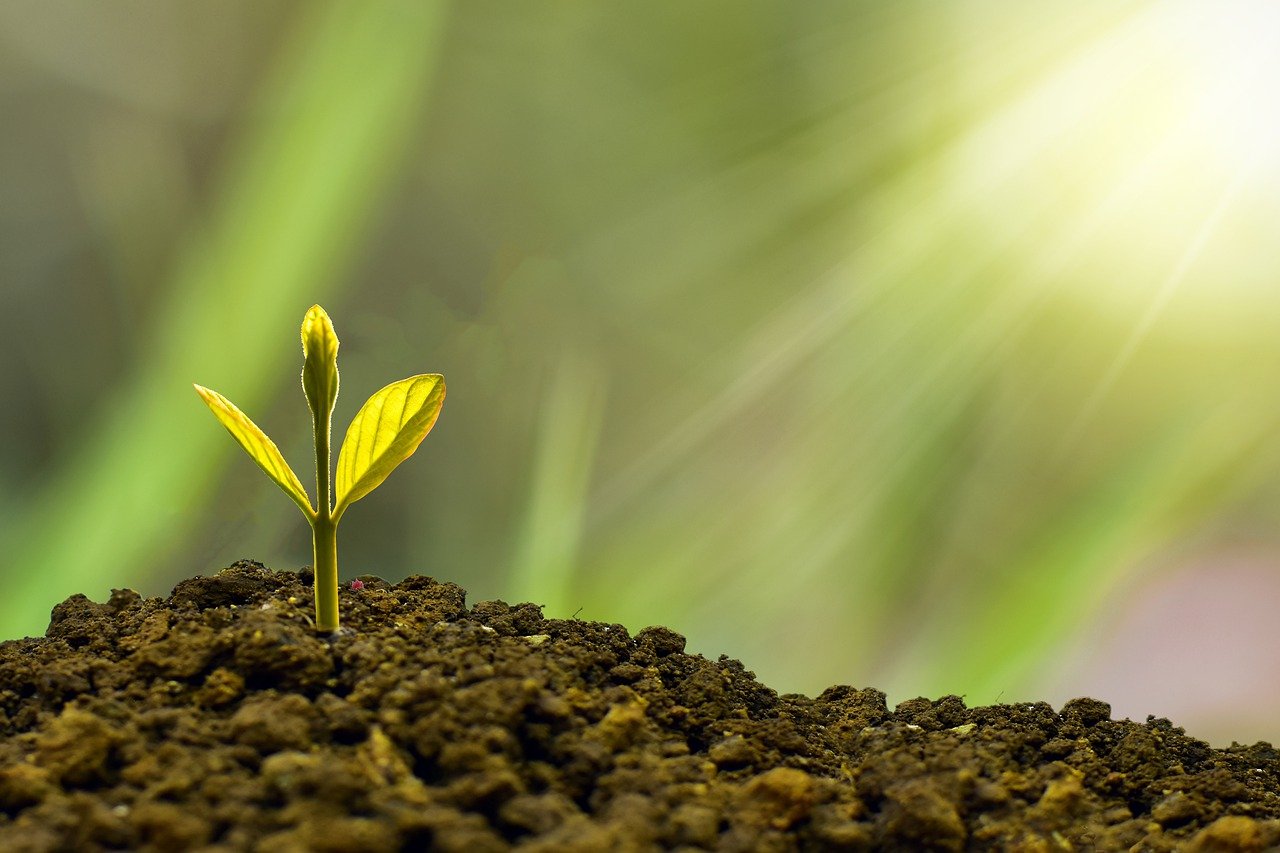Here the word ‘white’ refers to the opposite of dark gray. Dark gray represents “restrictions, limitations and low mental energy”.
Originally, we explored and opened up the concept of White Space during a Learning Teacher Network conference and later in the Network’s magazine article (Hall & Leskelä, 2017), suggesting how teachers might take White Space into account within the classroom.
Using White Space for Learning – an introduction
Why is it that some learners within a class can very quickly understand any new concept to which they are introduced and then make progress very quickly whereas others seem to struggle with even a basic understanding and immediately start to feel left behind? This can often result in an individual considering themselves to be less intelligent or less able than others whereas perhaps it is the conditions for learning which are not enabling for them.
White Space is a personalised condition in which an individual might need more or less time and space to process information and to function, thrive and grow within a specific situation. At times an individual will function more effectively within their own comfort zone, yet at other times they thrive on the challenge of operating in a state of relative discomfort.
Depending on the motivation and willpower of the individual, effective personal management of White Space can allow anybody to be ‘the best me that I can be’ in any given situation.
White Space in an educational context
In the world of personal development, the word ‘space’ term could mean ‘room for growth’. In the world of education and learning, we see White Space as being about deliberately and strategically leaving
- room for thinking
- room for creativity
- room for the unexpected
- room for learning.
And yet how often do teachers limit their students’ learning by over-planning teaching sessions or over-filling the curriculum? The concept of White Space for Learning is that it deliberately builds and designs space into learning activities for learners to think, imagine and shape their own ideas and their own learning. If we want to create best learning moments it is essential to leave space for learners’ own ideas to be integrated into learning experiences.
Using context to step across from the theoretical concept of White Space to practice within the classroom
The context for White Space in relation to learning comes from the drive for learning to be more personalised such that it is more relevant, meaningful and authentic to the learner, stimulating intrinsic motivation and fueling the willpower to succeed.
Both teacher and learner need to feel able to adjust and control a set of personalised conditions (mental, emotional, physical and environmental) with which the learner can identify as being perfect for them to be fully engaged ‘in the moment’ and to experience a sense of flow.
Using White Space for Learning to create best learning moments
We consider the following principles to be the most relevant ways in which we, as teachers can plan, prepare for and provoke best learning moments in any learning situation.
White Space Principles
- Learners have sufficient space and time for their own ideas to be integrated into the learning experience – space for Creative Thinking and Learning
- Learners are able to reframe a task into a context that has interest, meaning and relevance to them individually or as a group – space for Negotiation
- Learners can express themselves using their own preferred language and vocabulary – space for Exploring and Clarifying Meaning
- Learners can use appropriate technology to explore a task or problem and its potential solutions both in real and virtual settings – space for Tools to Help Me Learn
- Learners can extend the amount of time they need to satisfy their curiosity, interest and experimentation when finding solutions, creating ways of presenting and representing and developing ideas – space for Flow
- Learners can work independently, collaborate with others with whom they work best or if necessary, access additional, expert help – space for Deep Learning
- Learners can amend planned or expected learning outcomes to reflect their own direction of learning – space for Unexpected and Unplanned Learning
- Overall learners feel they can control or influence the conditions in which they learn best – space for Self-organised or Self-directed Learning
- Learners experience a sense of achievement and recognition in a way that is relevant to and valued by them – space for Pride in Achievement
To what extent might these White Space Principles apply to what learning experiences you are planning for your learners?
Steve Hall, Senior Lecturer, Staffordshire University
Jori Leskelä, Principal Lecturer, Tampere University of Applied Sciences
References
Hall, S. & Leskelä, J. (2017). The White Space. The Learning Teacher Magazine, 1, 10-11.
